No Bulbs On Fennel: Getting Fennel To Produce Bulbs
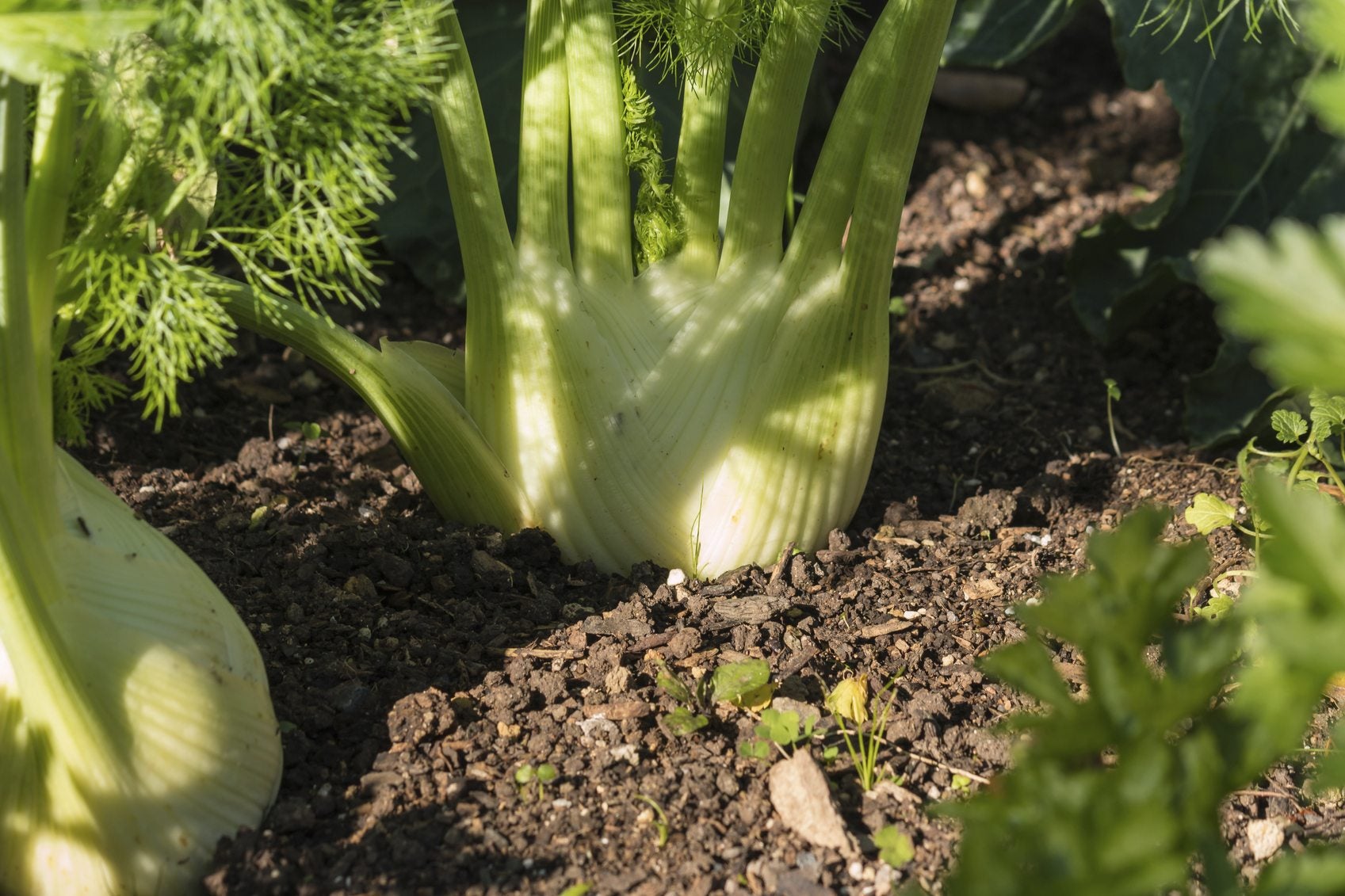
So, your fennel is not producing bulbs. Sure, the rest of the plant looks good but when you decide to dig one up, there are no bulbs on the fennel. Why is the fennel not producing bulbs? Keep reading to find out how to get fennel to form bulbs.
Why is My Fennel not Producing Bulbs?
Okay, a little information about fennel. You know that you can eat the stems, leaves, seeds, and bulbs of fennel, but what you may not know is that there are two types of fennels. Foeniculum vulgare is harvested like an herb – the stems, leaves, and seeds are utilized. This type of fennel grows 3 to 5 feet (1-1.5 m.) in height, with feathery foliage much like dill. The other type of fennel is Florence fennel, also known as finocchio. This variety is shorter with darker green leaves. It is grown for the bulbous flat, thick petioles at the base of the plant that is called the “bulb.” Both types have flavors reminiscent of licorice or anise. So, the most likely reason for no bulbs on your fennel is that you have planted the wrong type. You can still use the lower stalks, leaves, and seeds, which will have a somewhat mellower (but still delightful) flavor than the bulb. Another reason for fennel with no bulbs is planting too late. If you plant as summer days are getting longer as temps are rising, the plant will probably bolt. If you have flowers and no bulb and temperatures are warm, this could be the culprit.
How to Get Fennel to Form Bulbs
Getting Florence fennel to produce bulbs requires two things: cooler summer days and consistent moisture. Florence fennel often has a better chance of producing big, fat, tender, juicy bulbs if sowing takes place after midsummer. This is no doubt because of wetter weather as the bulbs mature, and shortening days won’t encourage bolting. For early maturing varieties, try Montebiano, Mantovano, or Parma Sel Prado. If you wish to wait and plant midsummer for fall harvest, try Mantovano, Bianco Perfezione Sel Fano, or Victorio. Varieties that do well planted in both spring and late summer are Romanesco, generic Florence, Zefa Fino, or Trieste, a bolt-resistant hybrid. Zefa Fino is also more stress tolerant than other varieties. If you are in doubt about your timing or your climate, plant Zefa Fino. Seeds can be sown indoors or out. If you start them inside, sow seeds two to five weeks prior to the last average frost date in the spring. If sowing outside, select a sunny site with rich organic soil. Sow Florence fennel from mid-June to July to allow the crop to develop during the shorter, earlier days of summer and early fall when it’s cooler. Depending upon your climate, you may also sow in mid to late summer for an autumn crop. Keep the seeds moist. Once the seedlings emerge, it’s important to keep them uniformly moist but not waterlogged. If the soil dries out, the plant will likely bolt and affect the bulb. As the bulb begins to grow, it tends to push up out of the soil. For a paler and tenderer bulb, cover the bulb with soil, just as you would a leek. Harvest Florence fennel when the bulbs are around the size of a tennis ball. Dig the bulb out and cut off the roots and top. The bulbs can then be stored in a cool area for several weeks.
Gardening tips, videos, info and more delivered right to your inbox!
Sign up for the Gardening Know How newsletter today and receive a free copy of our e-book "How to Grow Delicious Tomatoes".

Amy Grant has been gardening for 30 years and writing for 15. A professional chef and caterer, Amy's area of expertise is culinary gardening.
-
 My Homemade Orchid Fertilizer Always Brings More Blooms – Here's The Easy Recipe That Transforms Plants
My Homemade Orchid Fertilizer Always Brings More Blooms – Here's The Easy Recipe That Transforms PlantsScientist-turned-gardener Mary Ellen Ellis shares her tried-and-tested DIY orchid fertilizer recipe, plus more ingredients to try for healthy, happy plants.
By Mary Ellen Ellis
-
 Looking For Plants To Give You The Soft And Fuzzies? Try These 5 Fuzzy Leaf Plant Options
Looking For Plants To Give You The Soft And Fuzzies? Try These 5 Fuzzy Leaf Plant OptionsLovers of texture, drama, silver foliage and tactile plants will adore these special sensory garden additions. These fuzzy leaf plant options will leave you all aglow
By Susan Albert
-
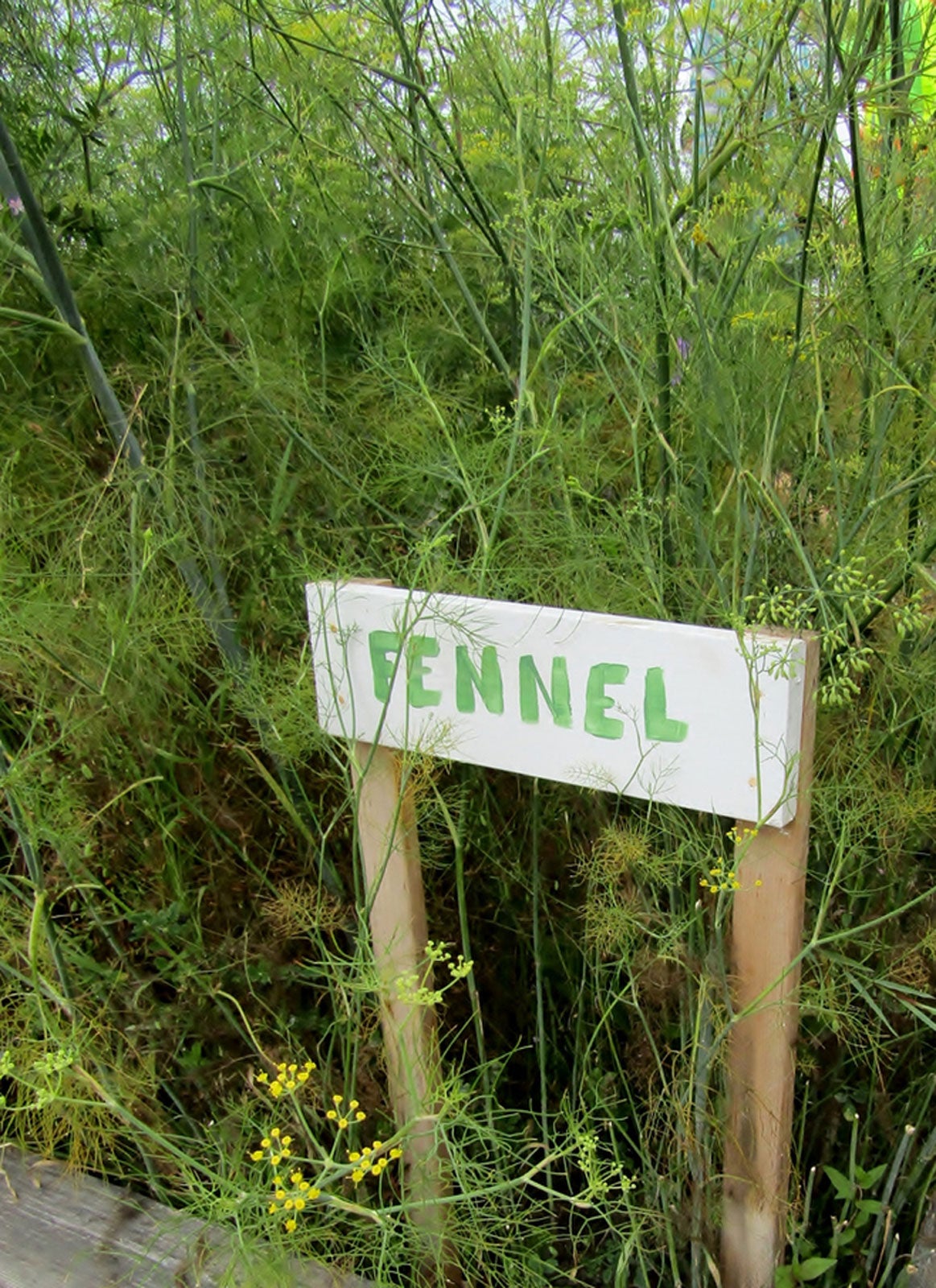 Greenhouse Fennel Care – How To Grow Fennel In A Greenhouse
Greenhouse Fennel Care – How To Grow Fennel In A GreenhouseFennel is a delicious plant that is commonly used in Mediterranean cuisines. It can be grown in USDA zones 5-10 as a perennial. However, if you are in a cooler zone, have you ever wondered about growing fennel in a greenhouse? You can find out in this article.
By Amy Grant
-
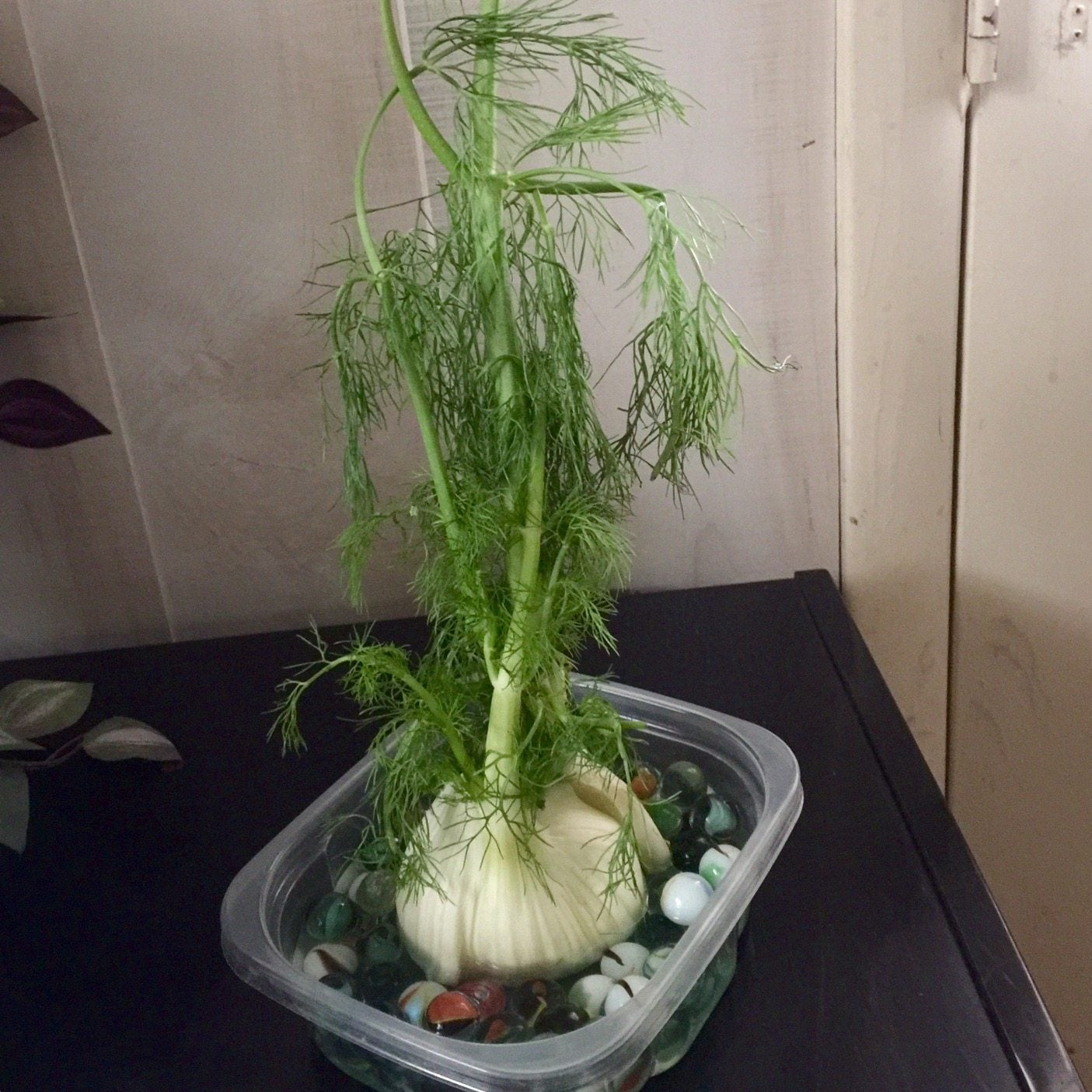 Can I Regrow Fennel – Tips On Growing Fennel In Water
Can I Regrow Fennel – Tips On Growing Fennel In WaterFennel can be started from seed, but it's also one of those vegetables that regrow very well from the stub that's left over after you finish cooking with it. Click this article to learn more about how to grow fennel from scraps.
By Liz Baessler
-
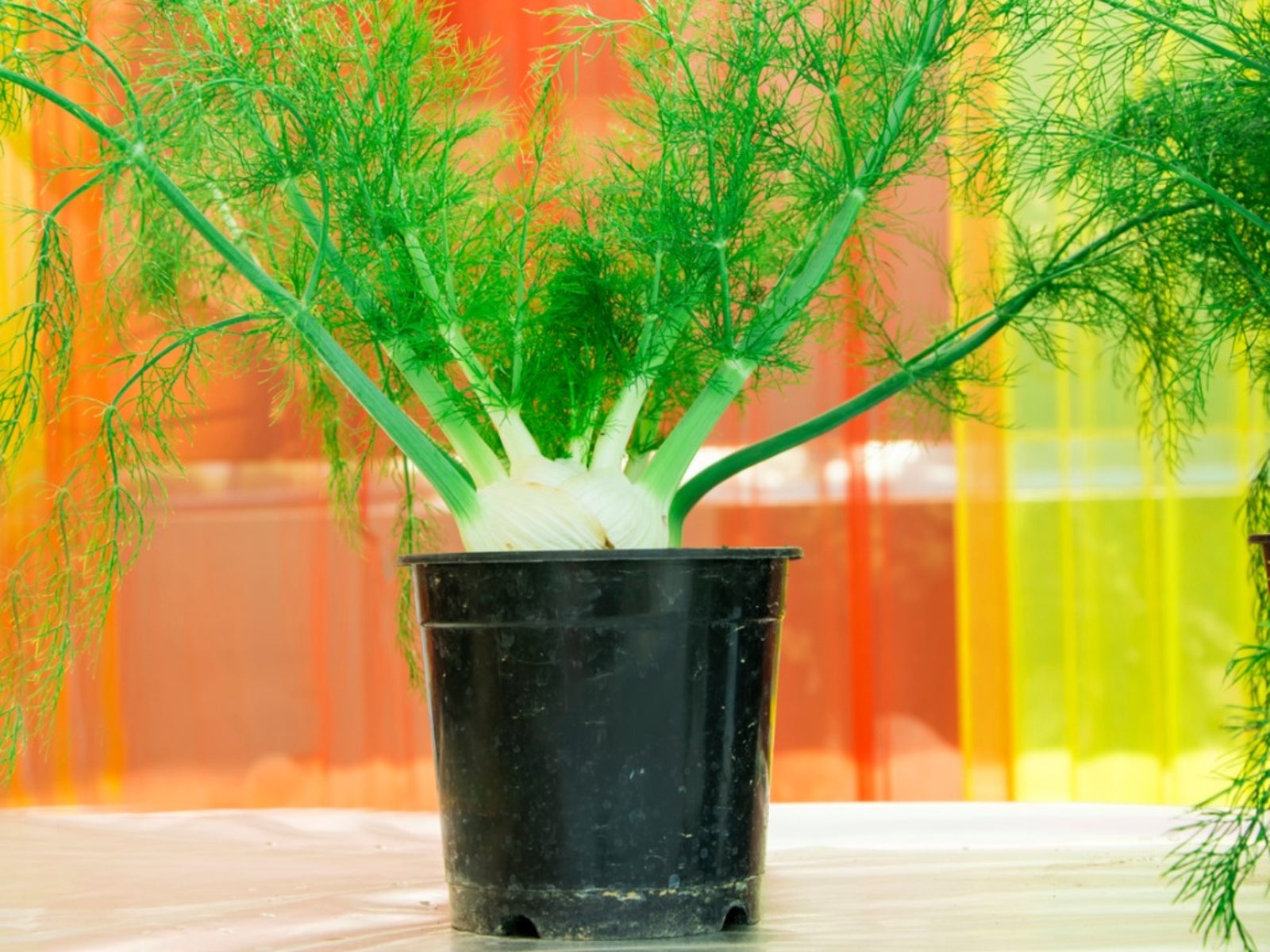 Can You Grow Fennel In Pots: Learn How To Plant Fennel In Containers
Can You Grow Fennel In Pots: Learn How To Plant Fennel In ContainersBulb fennel is grown for its large white bulbs that pair especially well with fish. But can you grow fennel in pots? Learn more about potted fennel plants and how to plant fennel in containers in this article. Click here for additional information.
By Liz Baessler
-
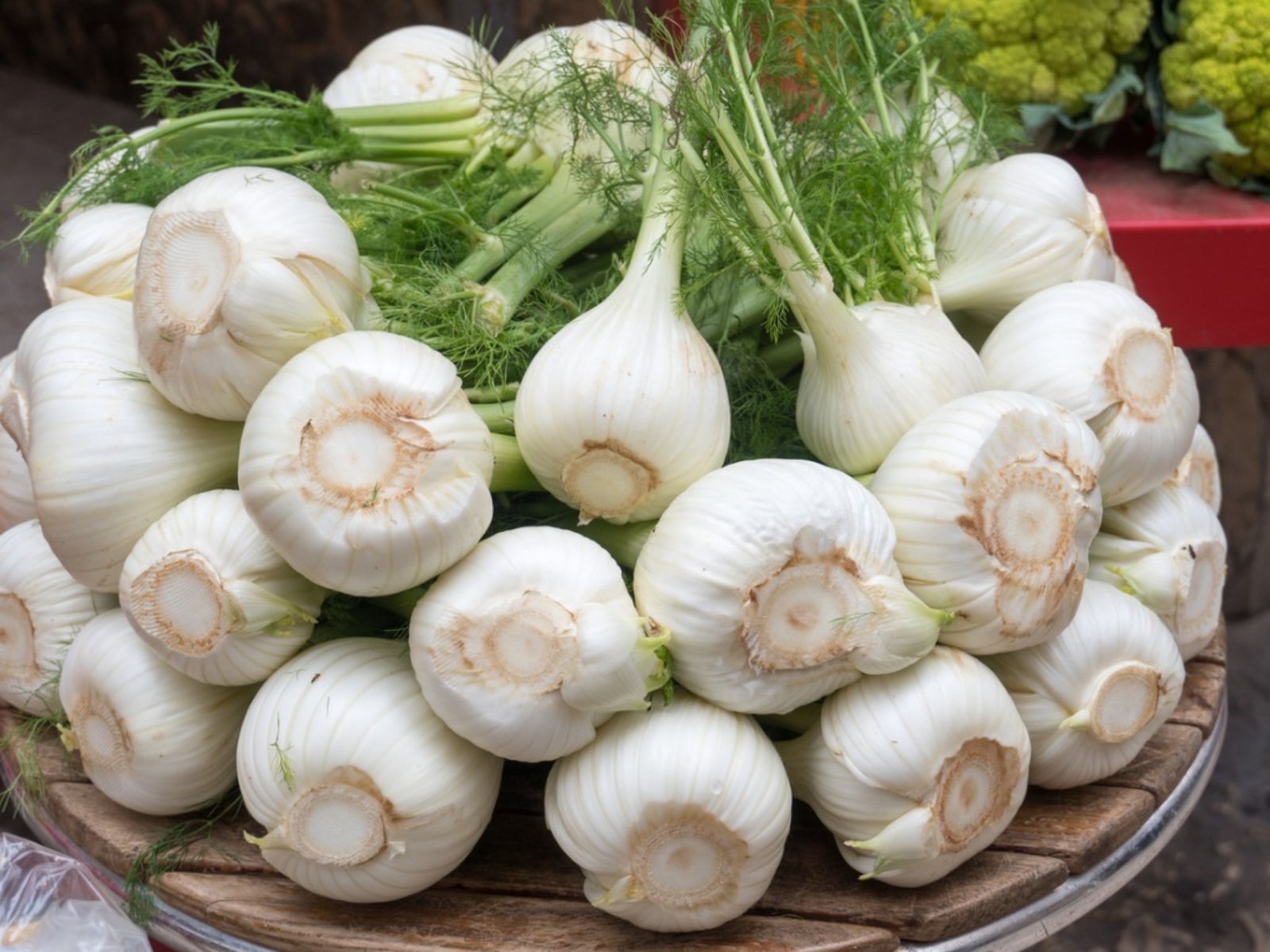 Bulb Fennel: Learn About When And How To Harvest Fennel Bulbs
Bulb Fennel: Learn About When And How To Harvest Fennel BulbsHow and when do I harvest my bulb fennel? These are common questions and learning how to harvest fennel bulbs isn?t difficult at all. This article will help with how and when to harvest fennel.
By Jackie Rhoades
-
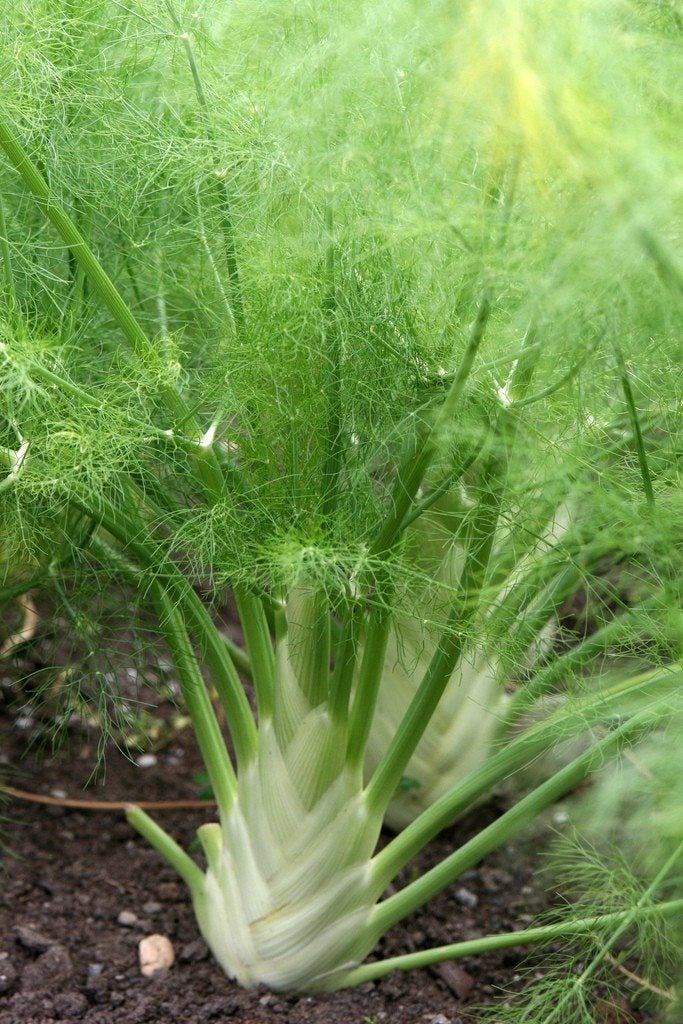 Growing Florence Fennel In The Vegetable Garden
Growing Florence Fennel In The Vegetable GardenFlorence fennel is the bulb type of fennel that is eaten as a vegetable. All parts of the plant are fragrant and can be used in culinary applications. Florence fennel cultivation tips can be found in this article.
By Bonnie L. Grant